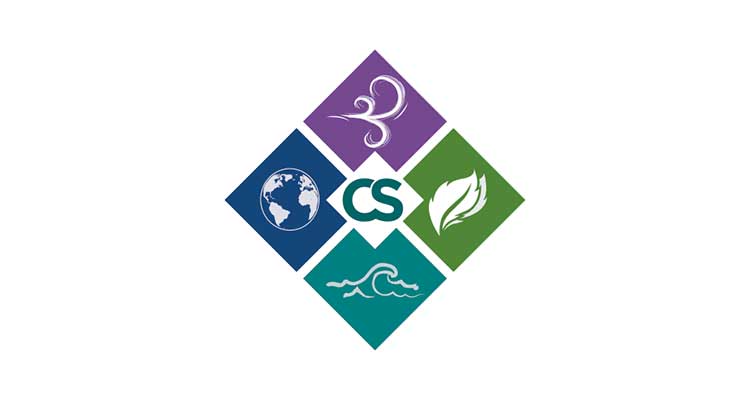Federal regulations require large quantity generators to submit a report every two years regarding the nature, quantities, and disposition of hazardous waste generated at their facility. EPA refers to this as the National Biennial RCRA Hazardous Waste Report or Biennial Report.
The Biennial Report form (EPA form 8700-13A/B), must be submitted to the authorized state agency or EPA regional office by March 1 of every even-numbered year (for example, a report due by March 1, 2018, would report activities from the calendar year 2017).
The form includes information such as:
- Facility’s EPA ID Number
- Facility’s Name and Address
- Quantity and Nature of Hazardous Waste Generated
- Whether the Wazardous waste was Sent for Recycling, Treatment, Storage, or Disposal
In practice, this report is submitted annually and there are many facilities not designated as Large Quantity Generators that have to submit such a report. Each state has its own stringent rules and more often than thought Small Quantity Generators (SOGs) and conditionally exempt small quantity generators (CESOGs) fall under the obligation to submit this report.
What to do then? Creating such a report requires compiling of data in a specific format (form 8700-13A/B), that is the easy part: Filling the form that is. What is challenging though? Gather a year’s worth of data and rationalize them to be presented in this report? I think that is the most challenging part.
Thus for all intents and purposes, we must be able to log information as it happens on daily bases, such as:
- Waste Profiles
- Waste Manifests
- Waste Recycling
- Waste Drum Tracking
- Biowaste and Radioactive Waste
- SAA and WAA Accumulation areas
The paper trail for all of these is overwhelming and compiling everything to create the Biennial report can take days or even weeks to do so.
In the era of electronic information systems, this can be done with a single click. Problem solved? Not yet. It really comes down to ease of use of such an electronic information system. A Hazardous Waste Management Software that has all the features to manage waste from “cradle to grave”, such as Chemical Safety’s EMS software can lift this burden.
EMS provides feature-rich tools and workflows to monitor and manage waste from the time identified down to recycling, treatment, storage, or disposal, logging everything and anything required to single-click your Biennial Report.
Want to know more? Just click here: https://chemicalsafety.com/hazardous-waste-management-software/

